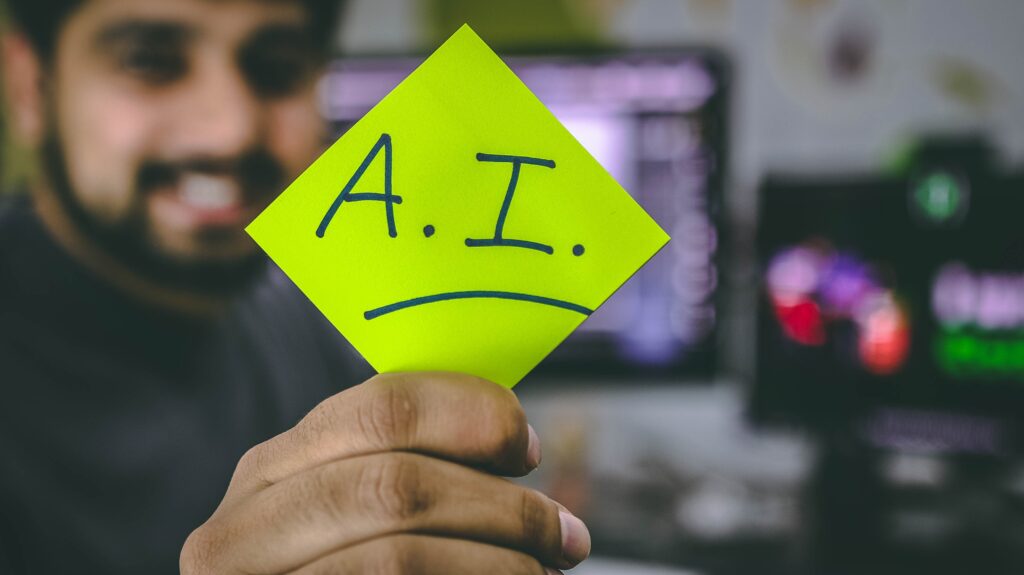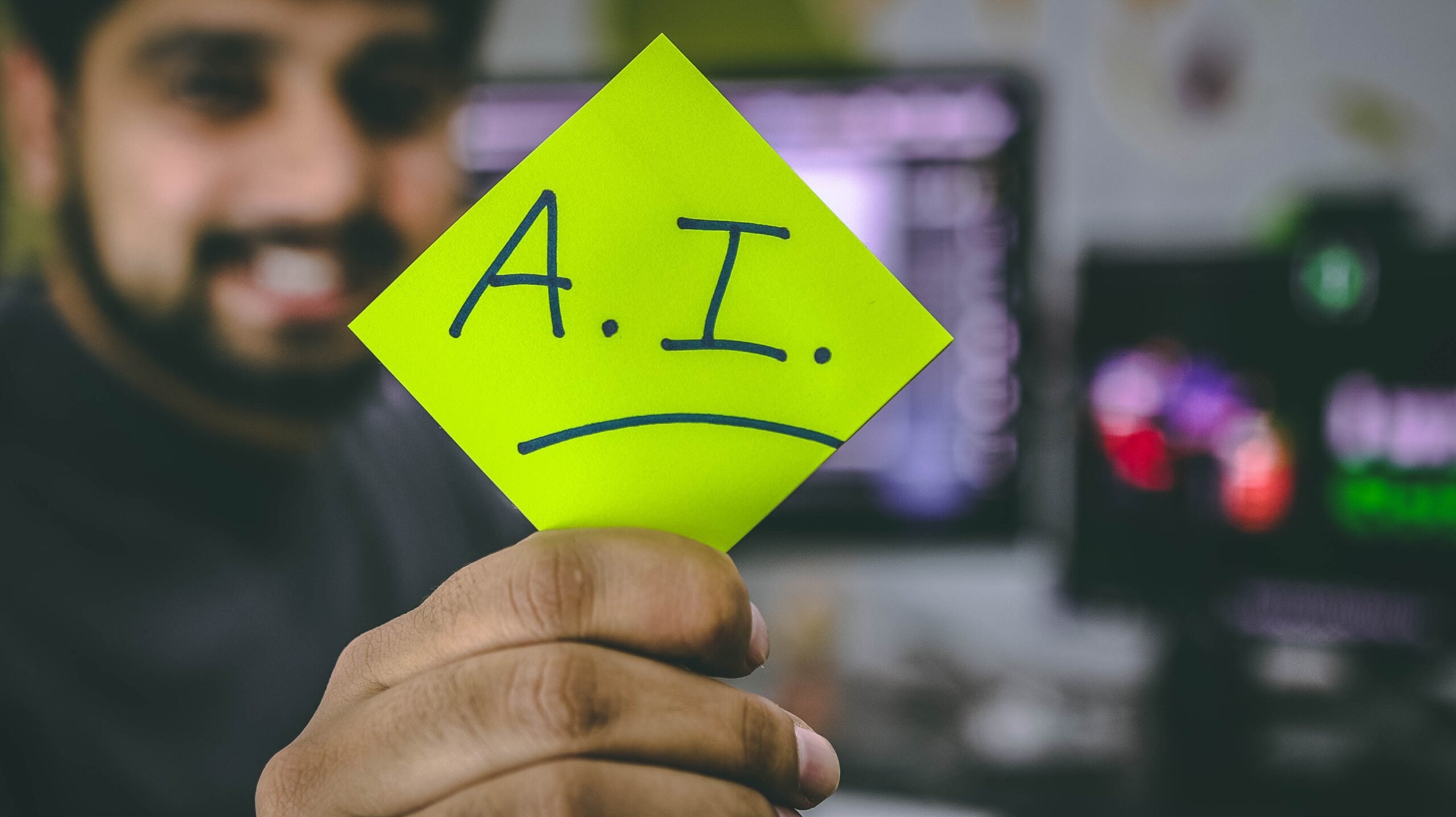Artificial intelligence (AI) has dominated business conversations in 2023 – the dangers of using a generative AI such as ChatGPT when it comes to content and communication, the dangers of artificial generative intelligence (AGI) within society and, of course, the use of AI across multiple touchpoints within the business itself. HR is no exception. As Nicol Myburgh, Head: CRS Technologies HCM Business Unit, points out, using AI within HR without a human interface can land the organisation in very complex and sticky legal waters.
“AI is immensely powerful as a tool to support HR teams, help them reduce the volume of admin they need to manage, and lift some of the time-consuming burden of manual work,” he continues. “AI can point you in the right direction when it comes to navigating legislation or finding references and information that HR may be looking for, and it can take you to a point where you can then formulate your own responses to a situation. It is a superb facilitation tool. However, it is key that there is always an HR expert checking these references and interpretations of legislation to ensure that the conclusions reached by the AI are, in fact, correct.”
The risk is that if a company were to rely exclusively on an AI’s interpretation of HR policies and regulations, there is a very good chance that it will end up at the CCMA. The AI is perfectly capable of providing a listed breakdown of the procedure a company needs to follow in order to undertake the employee retrenchment process, for example, but it can leave out some of the legally necessary steps. Consequently, if the company follows the AI-provided methodology, but skips the consultation phase, then employees have the right to report this to the CCMA and the latter will find this procedurally unfair.
“The key is to use AI carefully and in a way that can enhance HR processes and reduce the admin burden – this is where the business value in this technology lies,” says Myburgh. “It can be a significant time-saver if you implement it correctly. You just need to ensure your data-sets are correct and well-managed before you apply AI to them.”
Implemented correctly, AI is less of a risk factor for HR teams and more an immense added value. It can save time putting together formulae to run comparisons that leverage the data to provide rapid visibility and insights. It can provide immediate access to important HR questions, and it can help the business manage complex projects by taking on the bulk of the tedious manual labour.
“Imagine being able to localise payroll across multiple, new foreign regions where you need to map out levels of authority, complex decision trees, and a structure that defines which people fit within the decision tree, with an AI that does 90% of the hard work?” says Myburgh. “The HR practitioner needs only step in for the last 10% where they double-check the data and tweak the final product. The time saved is extraordinary.”
AI is just a tool. It allows HR teams to effectively manage their time and admin, which gives them more space to deliver on their roles and responsibilities. However, it is not intelligent enough to undertake the full depth and breadth of the HR role; people are still critical to ensuring that HR processes and procedures are correctly managed and maintained.





